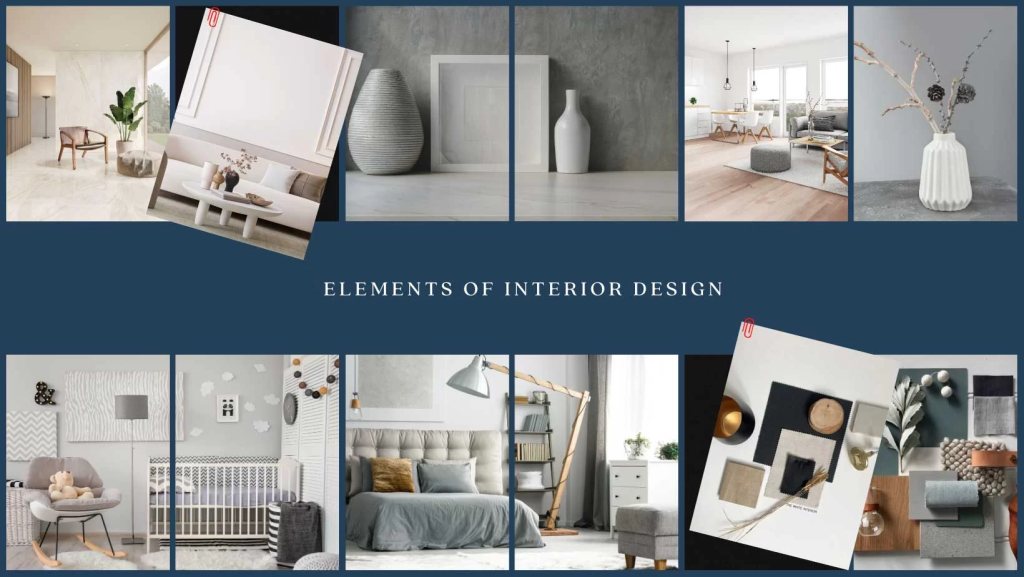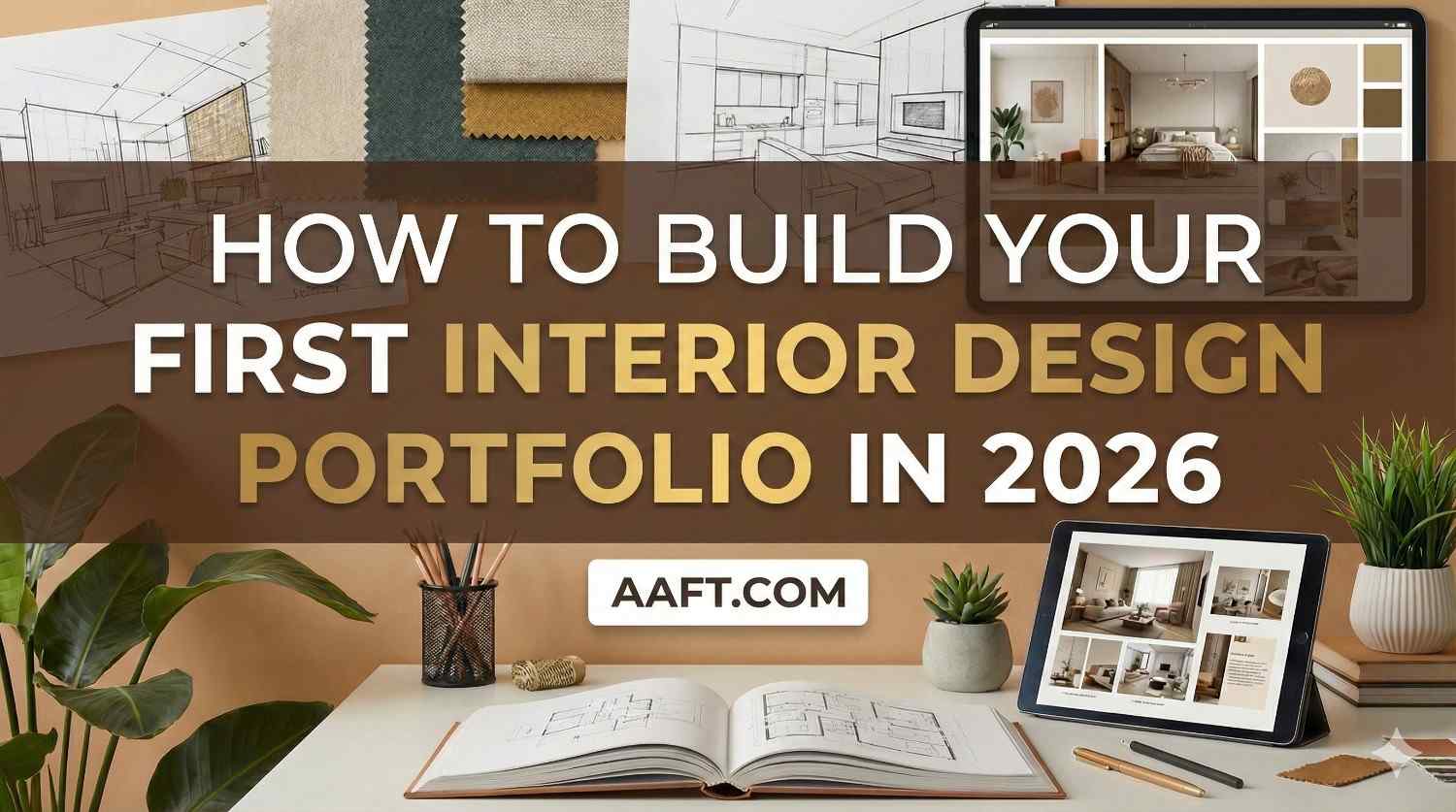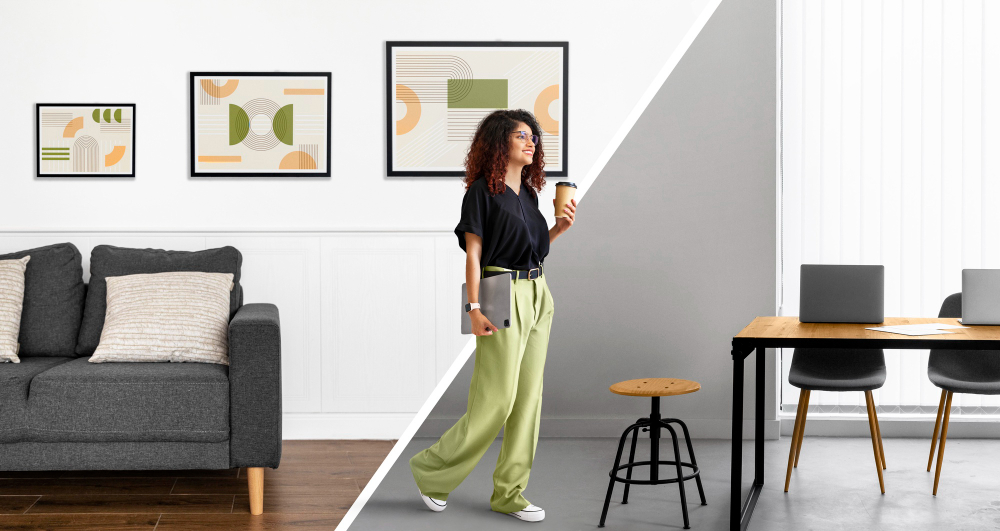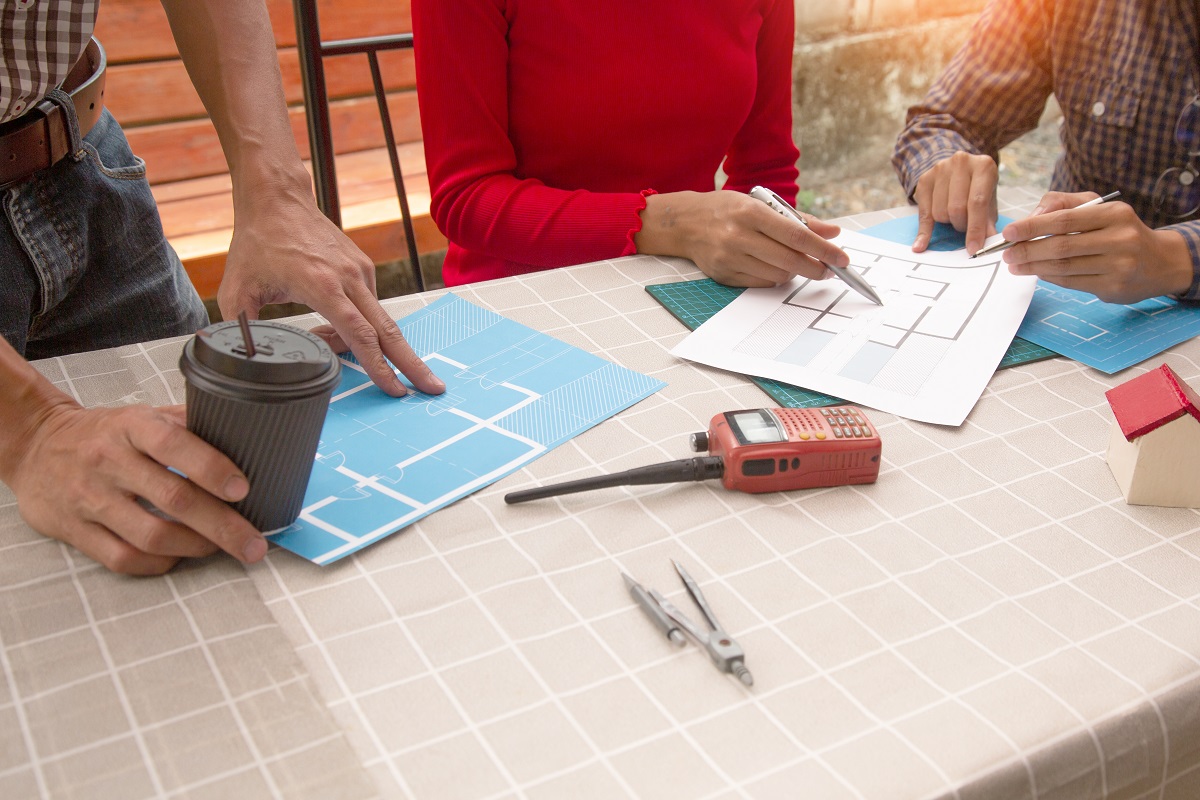10 Important Elements of Contemporary Interior Design
Interior design is a blending of art and science, turning spaces into beautiful and balanced places. In Interior Design, there are a few key things that are important for modern and contemporary interiors. Whether it’s the shapes and lines in a room or the colors, textures, and lights you choose, each element has a big impact on how a space looks and works. This guide aims to help you understand these important elements, giving you deep insights into the art and details that make up today’s interior design.
The significance of contemporary interior design:
Contemporary interior design is crucial because it goes beyond just making things look good. It’s about making spaces that fit how we live today. Designers think about how rooms are shaped and how they can be used best. They choose colors, textures, and lights not just for looks but to create a vibe that matches the way we live now.
Read Also: 5 Tips for Creating a Cozy and Inviting Home
Do you want free career counseling?
Ignite Your Ambitions- Seize the Opportunity for a Free Career Counseling Session.
- 30+ Years in Education
- 250+ Faculties
- 30K+ Alumni Network
- 10th in World Ranking
- 1000+ Celebrity
- 120+ Countries Students Enrolled
It’s not just about appearances; contemporary design also thinks about what we need in our daily lives. With technology and how we socialize changing, our living spaces need to adapt. Furniture and layouts are designed to be useful and comfy, fitting our modern lifestyles. Also, there’s a focus on being eco-friendly, considering the environment, and making spaces that last. In simple terms, contemporary interior design is all about making spaces that work for us today and tomorrow, adapting to the way we live now.

Read Also: Maximalism vs. Minimalism
10 important elements of contemporary interior design
Book Now →
Lighting:
Lighting is more than just making a room bright; it’s a crucial part of how a space looks and feels. There are different types of lighting in contemporary design. Ambient lighting is like a general glow that makes a room welcoming. Task lighting is for specific areas where you need good visibility, like your desk or a reading corner. Accent lighting is like a spotlight for special parts of the room, making it more interesting. By using these different lights in the right way, designers not only make a room brighter but also create a mix of light and shadows that makes the whole vibe of the space better – both practical and nice to look at.
Color Palette:
Do you want free career counseling?
Ignite Your Ambitions- Seize the Opportunity for a Free Career Counseling Session.Picking colors in contemporary design is more than just choosing what looks good. Designers think carefully about the colors they use. They start with neutral tones like whites and grays to create a clean and timeless background. This makes it easy to change things up with decorations. But, to add some excitement, they use bold and vibrant colors in specific places, like on one wall or a piece of furniture. These bright colors make certain parts of the room stand out and bring everything together. The way designers pick and mix colors isn’t random; it’s like creating a mood for the space, making sure it feels just right.
Read Also: Embracing Affordable Luxury
Functionality and Layout:
In modern interior design, how furniture works is a big deal. Every piece isn’t just there to look good; it’s supposed to be useful too. The way everything is set up in a room is carefully planned to make the most of the space. Small spaces especially need furniture that can do more than one thing, like providing storage or changing shape when needed. Designers organize furniture in a way that makes different areas in a room on purpose, so everything fits well together. They make sure that the room not only looks good but also works well for everyday activities. It’s all about finding the right balance between making things look nice and making sure they’re practical too.
Patterns:
Patterns make contemporary interiors more interesting and lively. Think about shapes on wallpapers, rugs, or furniture – like stripes or chevrons. These shapes add a sense of order and a modern touch to the room. Some designs don’t follow the usual rules; they’re more random and unique, breaking away from what you might expect. Others take inspiration from nature, with patterns that feel warm and surprising. Designers use these patterns on purpose to create focal points, like making one part of the room stand out. By mixing and matching patterns, modern interiors become more diverse and playful, making the whole visual experience in the space more exciting.
Structure:
In modern design, the way things are shaped is all about clean and simple lines. The furniture looks sleek, focusing on being useful without extra decorations. Even the architectural parts, like windows and open spaces, follow this idea of keeping things uncluttered. The goal is to avoid having too much stuff and create a style that is both classy and timeless. By sticking to this structure, every part of the room has a job and works together, making the whole modern design feel well-organized and put together.

Read Also: Interior Design Courses After 12th: Admission, Fee, Eligibility & Salary
Space:
Space in contemporary design is all about how we organize things to make a room both practical and good-looking. Designers like to create open layouts that make the room feel spacious and connected. They strategically place furniture to define specific areas while keeping an overall flow. They use furniture that can be changed around, so you have flexibility in how you use the space. By carefully thinking about how everything is set up, modern interiors find the right balance between style and usefulness, making the space cozy and inviting for everyday living.
Accessories & decor:
Accessories & decor bring character and a personal touch to the space. Each piece acts like a visual highlight, sharing a bit of the story and style of the people who use the room. Designers carefully place these items to give the room a neat and well-thought-out look. By paying attention to these details, modern design becomes more stylish and unique, creating an atmosphere that feels special and reflective of the people who live there.
Sustainability:
Sustainability means thinking about the environment and making choices that are good for it. Designers use materials that don’t harm the Earth, systems that save energy, and make sure everything is sourced responsibly. Furniture and decorations also follow these eco-friendly practices, focusing on things that are tough and last a long time. Caring about sustainability in contemporary design isn’t just a global concern; it also connects the space with nature. By picking eco-friendly options, modern interiors are helping create homes that are healthier and more environmentally conscious.
Texture:
Designers use different textures to make a room interesting and inviting. So, you might have smooth surfaces, different kinds of fabrics, and various materials. Mixing these textures makes the space more visually appealing and fun to touch. Whether it’s the softness of furniture, the use of natural materials, or intricate details, contemporary interiors want you to not just see but also feel the space. It’s about creating a place that not only looks good but is also enjoyable to experience through touch.
Linear Elements:
Lines are the backbone of the look. They shape how the building, furniture, and everything in the room appear. Whether it’s the clean edges of furniture or the features of the room, these lines give a sense of order and a modern feel. Using straight lines carefully makes the whole space look well-put-together and stylish. By keeping things simple and clear, modern design creates a classic look that fits with today’s taste for straightforward and neat design.
Read Also: Step-by-Step Guide of Interior Design Courses After 12th

Conclusion
Interior design is a nuanced and intricate endeavor, demanding thoughtful attention to a multitude of elements. From the arrangement of space to the choice of colors, textures, and lighting, each component contributes to shaping an environment that is both visually harmonious and functionally effective. The interplay of form, patterns, and the inclusion of accessories and decor add layers of richness and personality to a space, creating a holistic experience. For those intrigued by the art and science of interior design, there’s an opportunity to delve deeper into this creative field. If you aspire to master the craft, consider enrolling with the AAFT School of Interior Design.

AAFT has been providing the world with limitless creativity and expression since 1993! Through a dynamic and industry-driven curriculum, AAFT provides engaging and captivating articles to persuasive blogs and empowers its readers to explore diverse avenues of creative media education-related content.






